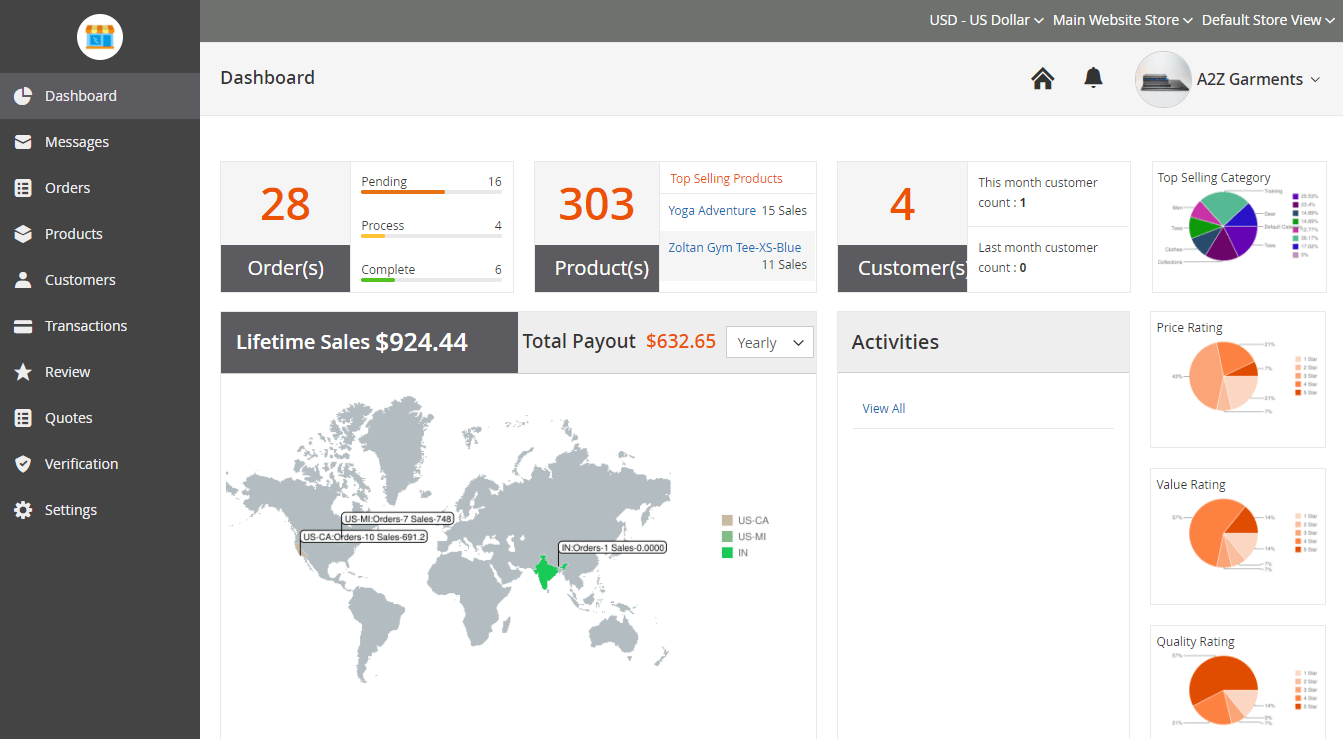When it comes to oil and gas sector, it has been widely said that, extraction of profit is tougher than extraction of the product in itself. This is true to a great extent, in the present industry scenario. Even after spotting a good well, the challenge is only half done, with pending of bulk activities like setting up of the rig and getting the required funds channelized properly. Oil and gas is such a dynamic sector, that it is governed by many regulatory and statutory policies. There are many international laws governing the business scenario, which makes project management tougher. There is huge CAPEX (capital expenditure), required to set up and run the show smoothly. Therefore, it becomes exceedingly difficult for the project managers to do fund management and maintain control over the same.
With every added activity, there is decrease in the clarity of spend analytics, which makes it even tougher to plan future course of the project. For projects of the size of oil and gas, expenditure deviations from the original budget are not uncommon. However, the trick is to keep it under the tolerance limit, so that the ultimate goal of maximum crude extraction can be achieved. This is why AFE (authorization for expenditure) software, is very important. These softwares are specifically designed to cater to the oil and gas sector, where proper monitoring of financial activities are the backbone of the project. In this sector, there are lots of recurring and hidden costs, which are beyond the scope of common, spend analytics software to address.
The need of the hour is a specialized and detailed approach, which would stop a bleeding project. Advanced AFE (authorization for expenditure) software, is easy to set up, with very low time to market, with advanced routing. A good AFE workflow should be able to streamline capital management and saving, along with higher ROI of the project. The awesomeness of AFE lies in its simplicity to use and features like proactive authorization alerts. Now project management teams can create and manage AFEs, without compromising on the monitoring and analytics. There is a centralized access to information, which makes the monitoring of stage wise project finance easier. An effective capital management decision could only be possible, if AFE creation and approval cycle is robust.
This will allow the management to focus on business impact of each and every financial decision taken, rather than burry themselves in tons of paper work. To make decisions fast and effective, email approval systems are must. This is important because the concerned person can even authorize the transaction, while on the go. Any change in the delegation of authority is also possible, through authorized e-mail. In order to do so, the advanced softwares have custom made templates, suited for different business needs. Good AFE software should be able to integrate itself with the organizations legacy system, with ease. This will ensure ‘ZERO”, data loss, during system migration.
It is absolutely essential for the top management to have some sort of an alert system, which could trigger financial alarm, if required, at the right moment. This is possible with AFE, which has the capability of sending alerts and approvals, via email. The system is advanced enough to track field assets and gather financial estimates out of the same. Looking up the past trend and churning out an advanced analytical report based on data forecasting is made simpler. For the oil and gas sector, it is absolutely essential for multi level approval system, which is made possible, by AFE on a visual platform. Each and every data set can be configured based on its function, with a user administration module. Advanced AFE can also be used to integrate with departments like “well operations”, documentation, and facilities management. This kind of integration, helps in monitoring of all the verticals of the organizations, and established better administrative control. The main function of AFE software is probably, prevent over budgeting and over spending, by providing utmost business clarity to the top management. A good technology partner should be able to deliver the entire project, within a timeframe of 11 weeks, which includes project kick off, product deployment, implementation, and training.















